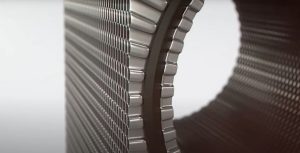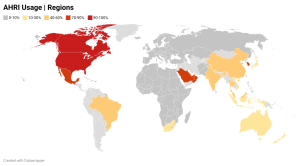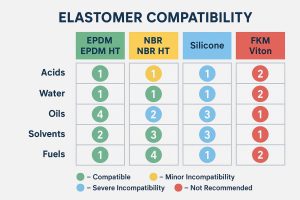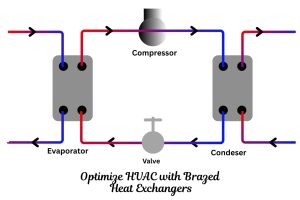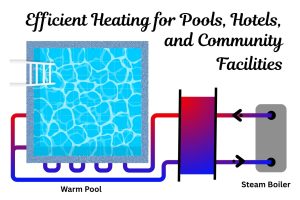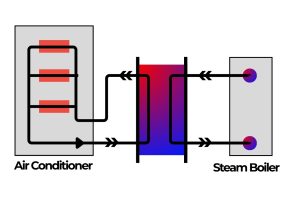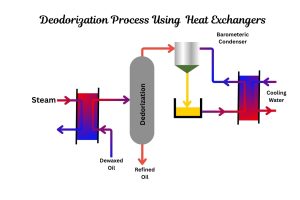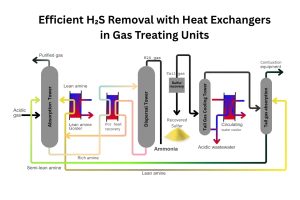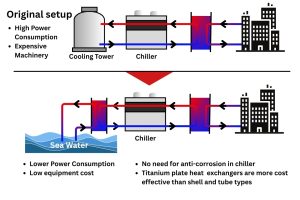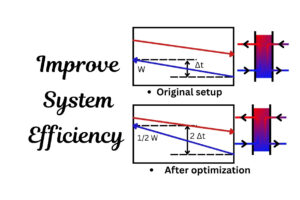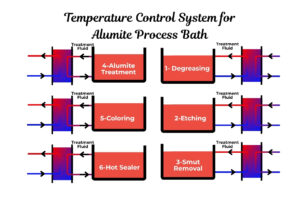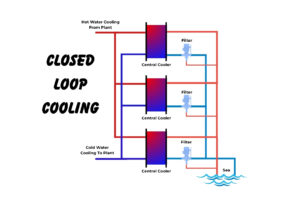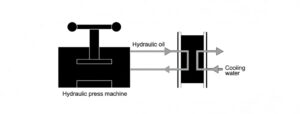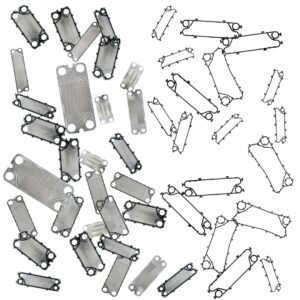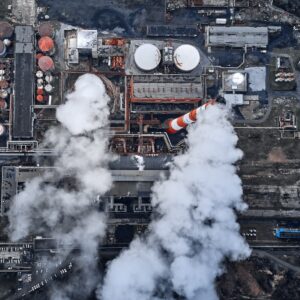What Are the Top 5 Factors to Consider When Purchasing a Heat Exchanger in Turkey?
Heat exchangers have been a cornerstone of Turkey’s industrial growth since the 1970s, supporting sectors like textiles, automotive, and energy. These devices transfer heat between fluids without mixing them, making them essential for HVAC systems, power plants, and food processing. Over the decades, Turkey’s demand for efficient thermal solutions has skyrocketed, leading to innovations in designs like the gasketed plate and shell and tube heat exchanger. But with so many options, how do you pick the right one? Let’s break it down.
What Types of Heat Exchangers Are Used in Turkey?
Not all exchangers are created equal. Here’s a quick look at the most popular types in the Turkish market:
1. Gasketed Plate Heat Exchangers: Why Are They So Popular?
These use layered metal plates and rubber gaskets to transfer heat. They’re compact, easy to clean, and ideal for moderate temperatures. Perfect for hotels in Antalya or dairy plants in Izmir!
2. Shell and Tube Heat Exchangers: Where Do They Shine?
A shell tube exchanger features a bundle of tubes inside a cylindrical shell. It’s robust, handles high pressures, and lasts decades. Common in oil refineries along the Aegean coast.
3. Double Pipe and Air-Cooled Exchangers
Less common but useful for small-scale or outdoor applications, like ventilation in Istanbul’s skyscrapers.
How Do You Choose the Right Exchanger? 5 Key Factors
Buying the exchanger that fits your needs isn’t rocket science—if you know what to ask. Here are the top five considerations:
Factor 1: What’s the Exchanger’s Primary Job?
Are you cooling machinery in a Bursa textile factory? Or heating water for a resort? A gasketed plate model might work for sanitation, while a shell & tube type heat exchanger is better for heavy industrial use.
Factor 2: Will It Survive Turkey’s Climate?
Coastal regions face salty air, while Central Anatolia deals with temperature swings. Stainless steel resists corrosion, while titanium suits marine environments. Always match materials to your location.
Factor 3: How Much Space Do You Have?
Gasketed plates save space in cramped facilities, while shell and heat exchanger units need more room. Measure your site before deciding.
Factor 4: What’s Your Budget?
Initial cost matters, but don’t forget maintenance. Gasketed plates need periodic gasket replacements (check out GPHE spare parts here), while shell and tube models cost more upfront but last longer.
Factor 5: Who’s Your Supplier?
A reliable partner like Heating Formula offers quality exchangers, technical support, and warranties. Avoid vendors who can’t provide service records or spare parts.
Which Exchangers Do Turkish Industries Use Most?
While there are dozens of designs, two dominate Turkey’s market:
Gasketed Plate: The All-Rounder
Used in 60% of HVAC and food processing units due to their efficiency. Learn how to select the right GPHE model for your needs.
Shell and Tube: The Heavy-Duty Hero
Preferred in chemical plants and power generation. Their durability handles extreme pressures, making them a staple in Turkey’s energy sector.
Why Trust Heating Formula for Your Exchanger Needs?
With over a decade of experience, Heating Formula supplies top-tier gasketed plate and shell and tube heat exchanger units across Turkey. We offer:
- Custom solutions for your industry
- 24/7 technical support
- Genuine spare parts and maintenance guides
Whether you’re upgrading a factory in Ankara or installing a new system in Izmir, we’ve got your back.
Final Thoughts
Choosing the exchanger isn’t just about specs—it’s about finding a solution that aligns with your operational needs, budget, and local conditions. By focusing on these five factors and partnering with a trusted supplier like Heating Formula, you’ll ensure years of efficient performance.

